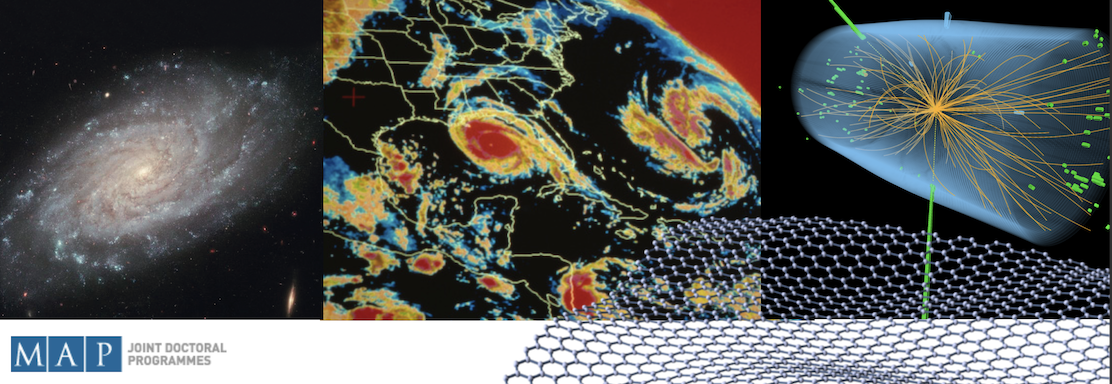Pump-probe spectroscopy is a nonlinear technique utilized to investigate the dynamics of ultrafast electrons [1]. This method involves focusing a short pulse of a strong pump beam and, after a certain delay time, a weak probe beam on a sample to record its transmittance, influenced by the pump. In the majority of experiments targeting nonlinear optical phenomena, such as the pump-probe...
Hexagonal boron nitride (h-BN) is a promising two-dimensional material due to its properties, such as high thermal conductivity and excellent thermochemical stability (1). h-BN can host numerous optically structural defects (2,3). The production of h-BN films on Cu foil using an ammonia borane (NH3BH3) precursor is investigated. The growth is performed via atmospheric-pressure chemical vapor...
Hf/ZrO2 -based ferroelectric (FE) thin films provide increasingly promising technical solutions for extensive application in low-power and high-speed memory due to its CMOS-compatibility and high scalability. Ferroelectricity in Hf/ZrO2 thin films arises from the polar orthorhombic Pca21 phase (o-phase), while in bulk the stable phases are the monoclinic P21/c phase (m-phase) around room...
Topological insulators have attracted researchers’ attention recently due to their unique surface states protected by time-reversal symmetry [1-5]. Since Bi2Se3 has a low bandgap, it is expected to perform well in photodetection for visible and infrared optoelectronics [6, 7]. Here, we present the preliminary results from our work on the growth, cleanroom fabrication, and characterization of...
